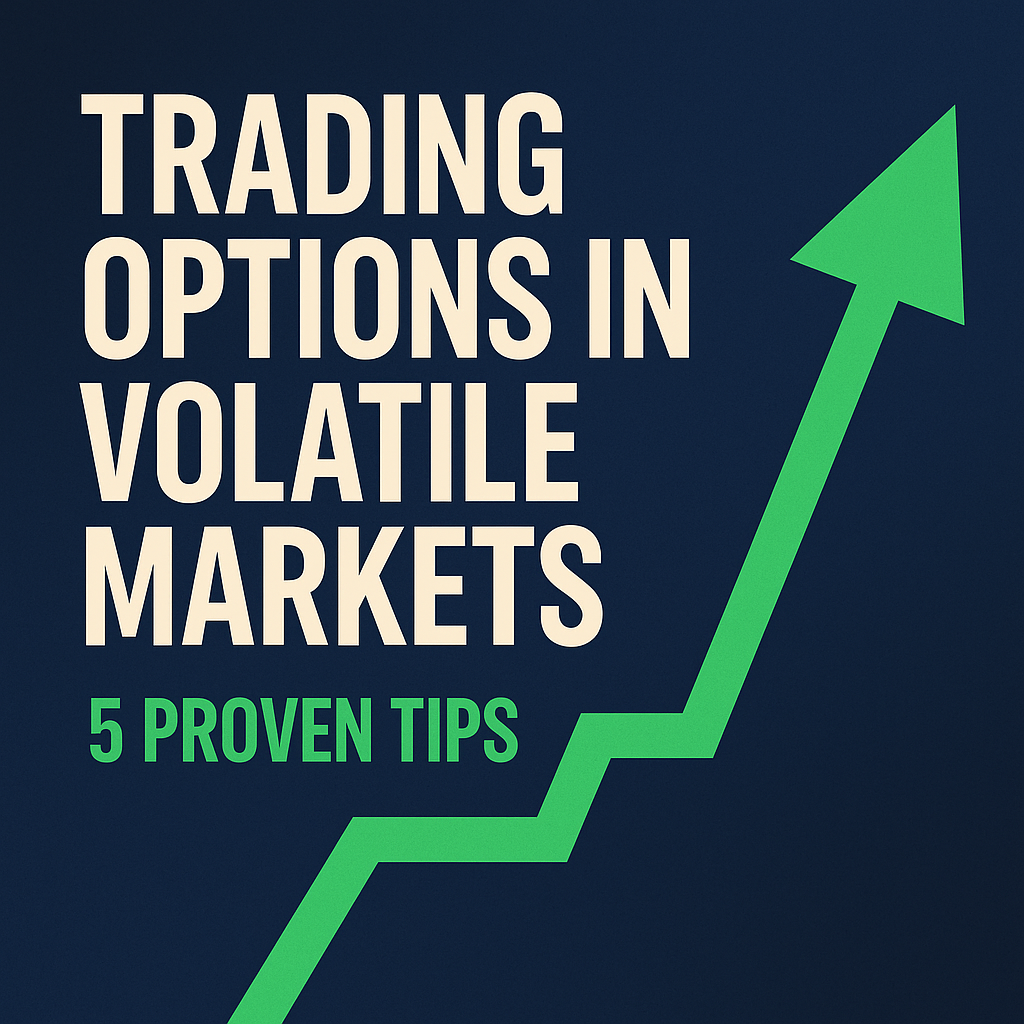
Hey traders, welcome back to the Rawstocks LLC blog!
If you’re deep in the options game, you know volatility isn’t just a buzzword—it’s the wild ride that can turn a sleepy market into a rollercoaster. As of September 2025, with geopolitical tensions simmering and earnings season heating up, the VIX has spiked over 25 points multiple times.
Volatility amplifies everything: premiums balloon, but so does the risk of getting whipsawed.
The good news? With the right strategies, you can harness that chaos instead of getting crushed by it. In this post, we’ll break down five battle-tested tips for navigating options in turbulent times. These are not theories—they’re drawn directly from setups dissected inside the Rawstocks community.
Whether you’re brand new or a seasoned pro, these tips will sharpen your edge.
👉 Want real-time signals and live breakdowns? Join our Discord today.
Tip 1: Prioritize Defined-Risk Strategies to Cap Your Downside
In a volatile market, unlimited risk is a quick way to blow up an account. Naked options (straight calls or puts) can evaporate faster than a Fed rate hike announcement.
Instead, lean into defined-risk setups like credit spreads, debit spreads, or iron condors. These strategies lock in your max loss at entry, providing peace of mind.
Why this works:
- High implied volatility (IV) inflates premiums.
- Credit spreads allow you to collect richer premiums while capping exposure.
Execution checklist:
- Entry: Scan for IV rank > 50% with tools like GammaEdge.
- Sizing: Risk no more than 1–2% per trade.
- Exit: Close at 50% profit or if loss exceeds 1.5x your credit.
Tip 2: Sell Premium When IV Is Elevated—But Know When to Fold
Volatility is a seller’s best friend—if you time it right. Elevated IV makes options overpriced, so selling strategies like straddles, strangles, or covered calls become powerful.
But timing is everything. Sell into IV spikes—post earnings, CPI surprises, or news events—and avoid selling during IV crushes.
Example: In July 2025, after the CPI shock, SPY options IV spiked to 35%. Traders selling strangles banked 2–3% yields in days as IV contracted. One Rawstocks member shared a setup that netted 15% ROI.
How to apply:
- Use IV percentile charts to confirm “high.”
- Stick to 30–45 DTE expirations for balance.
- Roll or adjust if IV doesn’t contract as expected.
👉 We break down strategies like this every week on our YouTube channel.
Tip 3: Master Position Sizing and Diversification
Volatility doesn’t discriminate—it punishes oversized positions first. Position sizing and diversification are your lifelines.
- Limit trades to 1–5% of your portfolio, depending on conviction.
- Diversify across sectors (tech, energy, financials) to reduce correlation risk.
Why it matters: In a 20% IV spike, one oversized trade can wipe out 10% of your account. But with proper sizing, even a losing streak leaves you standing.
Pro tip: Diversified portfolios in the Rawstocks community outperformed concentrated ones by 25% during 2025’s election volatility.
Checklist:
- Position size = (Account Risk % × Capital) ÷ Max Loss.
- Keep a watchlist of 5–10 names.
- Monitor total portfolio delta to avoid overexposure.
Tip 4: Time Entries with Technicals and Flow Data
Jumping into a trade mid-spike is like buying at the top of a wave. Instead, combine technicals + flow data for confirmation before entering.
- Technicals: RSI divergences, Bollinger squeezes, VWAP reclaims.
- Flow: Options sweeps, unusual call/put activity, dealer gamma positioning.
Example: In September 2025, unusual put buying hit AAPL ahead of an iPhone launch. Rawstocks traders waited for RSI oversold confirmation, then entered iron condors at peak pricing—riding a 12% rebound.
Execution checklist:
- Wait for price + volume confirmation.
- Use Level 2 to check liquidity.
- Set alerts for entry zones via TradingView.
👉 For these breakdowns in real time, join the Rawstocks Discord.
Tip 5: Always Have a Rock-Solid Exit Plan
Volatility feeds on emotion. Without an exit plan, fear and greed will wreck your trades.
Key rules:
- Take profits at 50–75% of max gain.
- Cut losses at 1–2x premium risked.
- Use time-based exits (e.g., 21 DTE).
Why this matters: Studies show 70% of traders exit too early in volatile markets. Structured rules help you stay consistent.
How to build your plan:
- Journal every trade—wins and losses.
- Use trailing stops for trend plays.
- Review weekly and adjust based on volatility regimes.
👉 Use our free Trade Journal template to start tracking your edge today.
Volatility is where traders either sink or shine, but success always comes down to preparation and strategy. At Rawstocks, we emphasize structured setups, disciplined exits, and institutional-level insights to help traders thrive in any market environment. If you’re new to trading and want to sharpen your edge, don’t miss our Beginner’s Guide to Smart Money Trading with Rawstocks — it’s the perfect starting point to learn how to trade with the pros.
Wrapping It Up: Tame the Volatility Beast
Volatility isn’t the enemy—poor preparation is. With defined-risk trades, smart sizing, and disciplined exits, you can turn chaos into opportunity.
At Rawstocks LLC, we’re here to help you sharpen your edge:
- Join our Discord for live trade setups.
- Subscribe on YouTube for weekly strategy breakdowns.
- Use our free Trade Journal to refine your execution.
